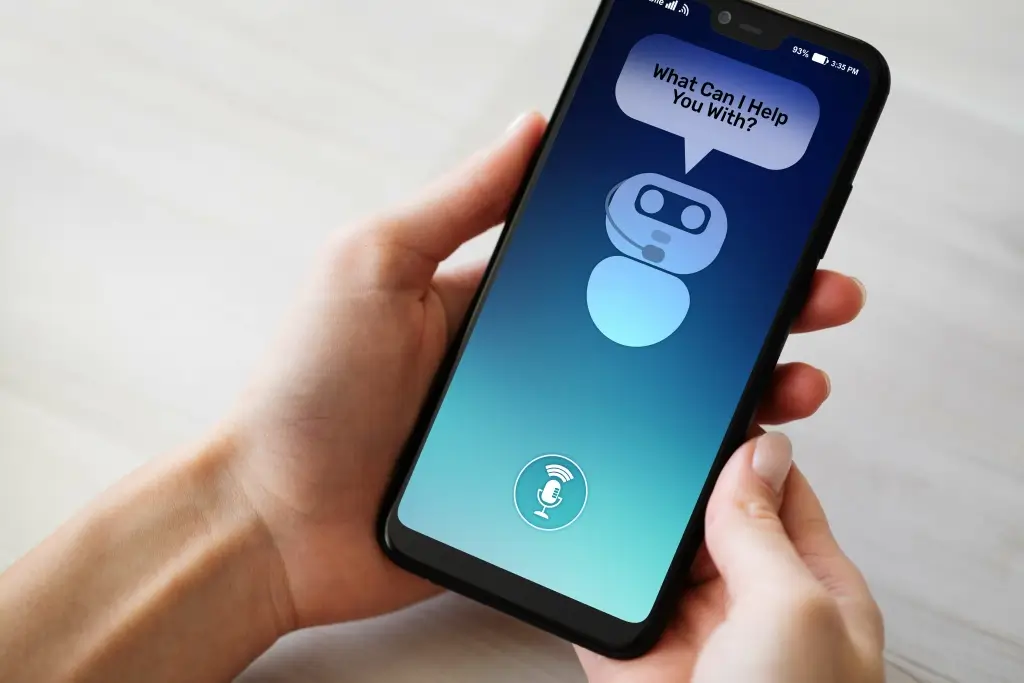Chatbots vs Conversational AI: Which is Right for Your Business?
These tools recognize your inputs and try to find responses based on a more human-like interaction. The more training these AI tools receive, the better ML, NLP, and other outputs are used through deep learning algorithms. Conversational AI can power chatbots to make them more sophisticated and effective. While rules-based chatbots can be effective for simple, scripted interactions, conversational AI offers a whole new level of power and potential. With the ability to learn, adapt, and make decisions independently, conversational AI transforms how we interact with machines and help organizations unlock new efficiencies and opportunities. Another fantastic example of Conversational AI in action is the Payment Refund Chatbot developed for a popular fast-casual Mexican dining chain in North America.

The more personalization impacts AI, the greater the integration with responses. AI chatbots will use multiple channels and previous interactions to address the unique qualities of an individual’s queries. concersational ai vs chatbots This includes expanding into the spaces the client wants to go to, like the metaverse and social media. Everyone from banking institutions to telecommunications has contact points with their customers.
Which is better for your company?
Built for brands who want to maximize efficiency and generate revenue growth, Zowie harnesses the power of conversational AI to instantly cut a company’s support tickets by 50%. It’s important to know that the conversational AI that it’s built on is what enables those human-like user interactions we’re all familiar with. A chatbot and conversational AI can both elevate your customer experience, but there are some fundamental differences between the two.
The chatbot was designed in 2001 and aimed at aiding millions of American Online Instant Messenger (AIM) users with practical daily tasks. Each time a virtual assistant makes a mistake while responding to an inquiry, it leverages this data to correct its error in the future and improve its responses over time. For this reason, they are used in big companies with large volumes of interactions/customers. The goal is to automate repetitive processes and frequent questions, leaving only the most complex and particular ones to the contact center assistants.
Chatbot vs Conversational AI: Definition and Types
There are benefits and disadvantages to both chatbots and conversational AI tools. They have to follow guidelines through a logical workflow to arrive at a response. This is like an automated phone menu you may come across when trying to pay your monthly electricity bills. It works, but it can be frustrating if you have a different inquiry outside the options available. It’s clear that rules-based chatbots dependent on brittle dialogue flows and scripts simply don’t work, but up until recently, they were the only option available.
From ChatGPT to Google Bard: how AI is rewriting the internet – The Verge
From ChatGPT to Google Bard: how AI is rewriting the internet.
Posted: Sat, 03 Feb 2024 22:29:07 GMT [source]
As more businesses embrace conversational AI, those that don’t risk falling behind — 67% of companies believe they’ll lose customers if they don’t adopt it soon. In the strictest sense, chatbots only operate within a chat widget, yet AI functionalities can be present in a variety of other conversational interfaces. Chatbots are computer programs that can talk to you, introduce themselves, ask you questions, receive your answers, and provide you with a solution. Today, they are used in education, B2B relationships, governmental entities, mental healthcare centers, and HR departments, amongst many other fields. Chatbots and conversational AI represent pivotal technologies shaping the landscape of human-computer interaction through automated dialogues. Interacting with a chatbot often feels scripted, leading users through pre-planned branches.
These bots can handle simple inquiries, allowing live agents to focus on more complex customer issues that require a human touch. This reduces wait times and will enable agents to spend less time on repetitive questions. For customer service leaders, distinguishing the true impact of these technologies on customers and business outcomes can be challenging. By grasping the functional differences between chatbots and conversational AI, you can make informed decisions to enhance operations and elevate customer experiences. By combining these two, conversational AI systems recognize various phrasings of the same intent, including spelling mistakes, slang and grammatical errors and provide accurate responses to user queries.
Sign up for your free account with ChatBot and give your team an empowering advantage in sales, marketing, and customer service. This is a standalone AI system you control with advanced security for peace of mind. Streamline your internal processes like IT support, data retrieval, and governance, or automate many of the mundane, repetitive tasks your team shouldn’t be managing. These intuitive tools facilitate quicker access to information up and down your operational channels. ChatBot 2.0 doesn’t rely on third-party providers like OpenAI, Google Bard, or Bing AI.
They communicate through pre-set rules (if the customer says “X,” respond with “Y”). The conversations are sometimes designed like a decision-tree workflow where users can select answers depending on their use case. Comparing chatbot vs. conversational AI in the context of business value in today’s market, companies need to realize the powerful impact of AI. Yes, there still are standard pre-defined chatbots, but by leveraging machine learning and natural language processing NLP, businesses get more prodigious opportunities to gain a competitive edge. For growing companies, keeping up with an escalating volume of customer service requests can be a real challenge.
- There are hundreds if not thousands of conversational AI applications out there.
- Companies use this software to streamline workflows and increase the efficiency of teams.
- Dialects, accents, and background noises can impact the AI’s understanding of the raw input.
Sprinklr Conversational AI is a prime example of how advanced conversational AI can completely transform how businesses engage with their customers. However, conversational AI elevates these shared technologies by integrating more advanced algorithms and models that enable a deeper understanding and retention of context throughout conversations. Early chatbots also emphasized friendly interactions, responding to a ‘hi’ with a ‘hello’ was considered a significant achievement. The relationship between chatbots and conversational AI can be seen as an evolutionary one. Here are some ways in which chatbots and conversational AI differ from each other. Chatbots and conversational AI have a common goal of automating customer interactions.

